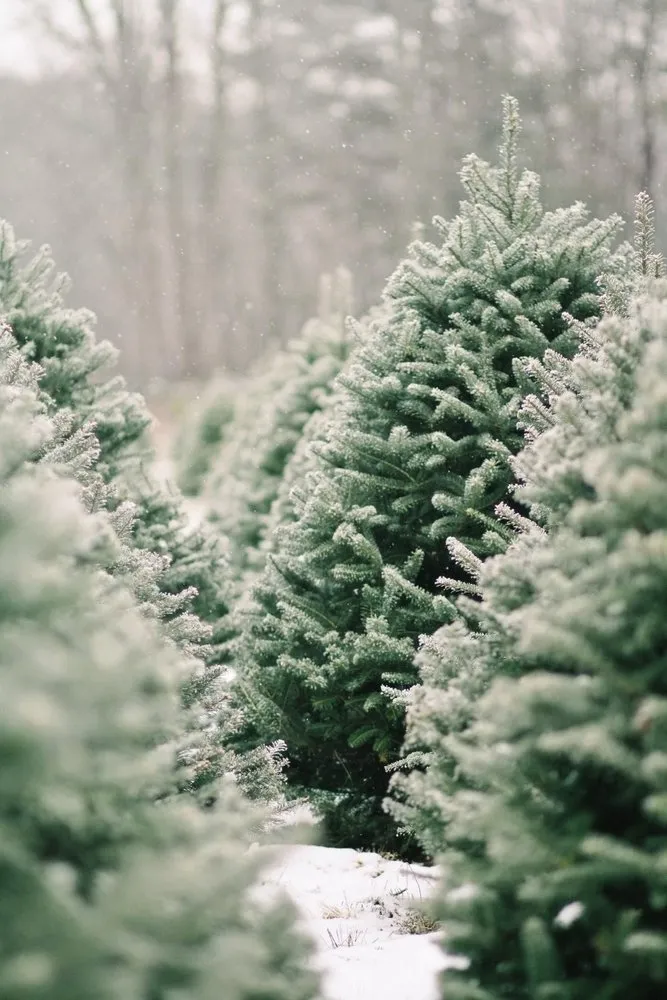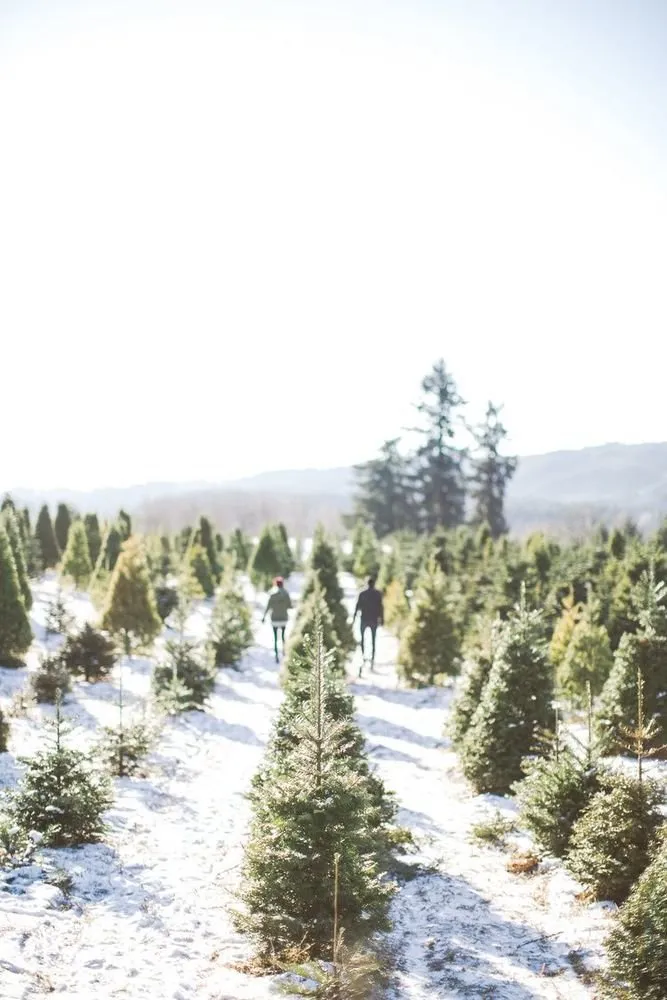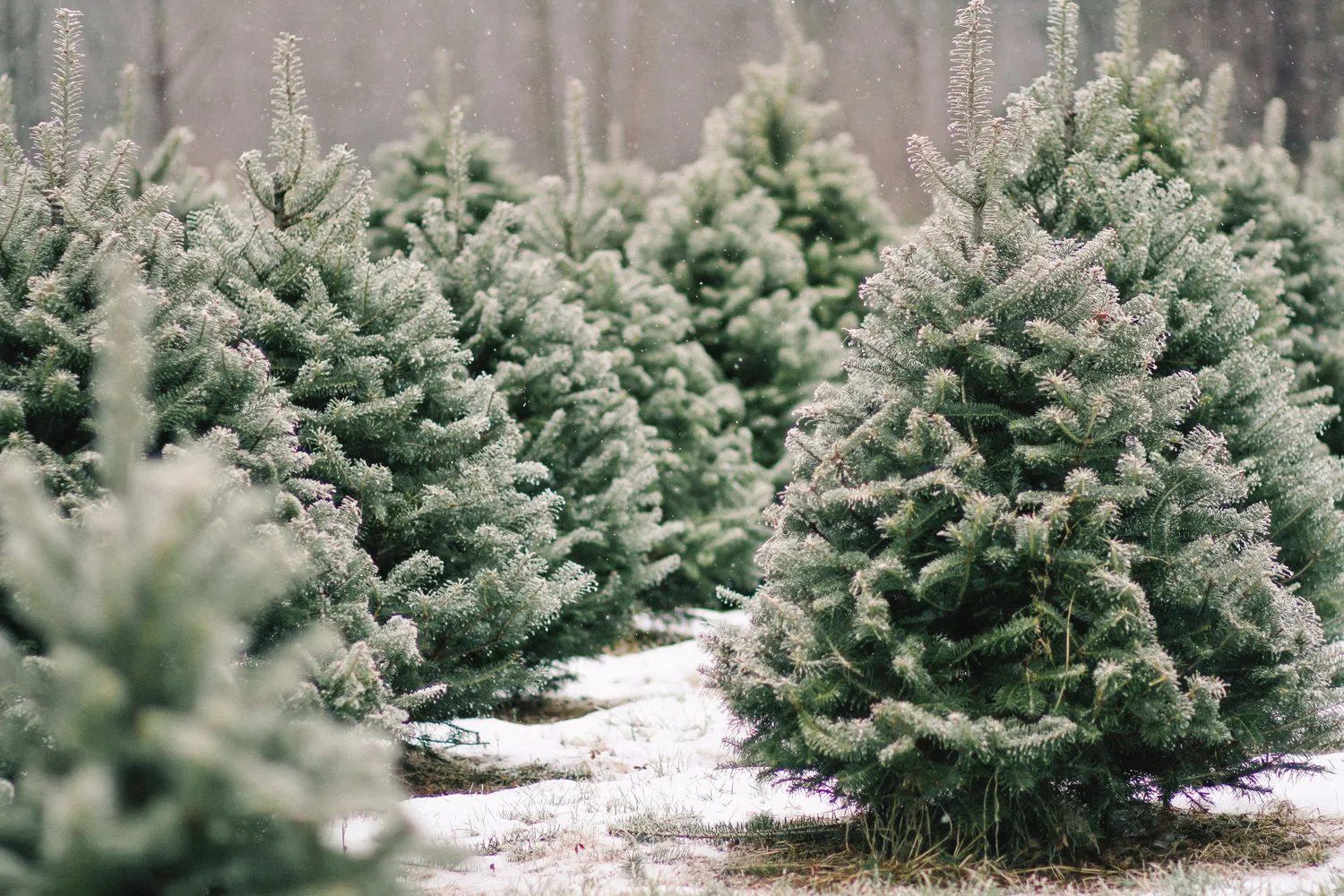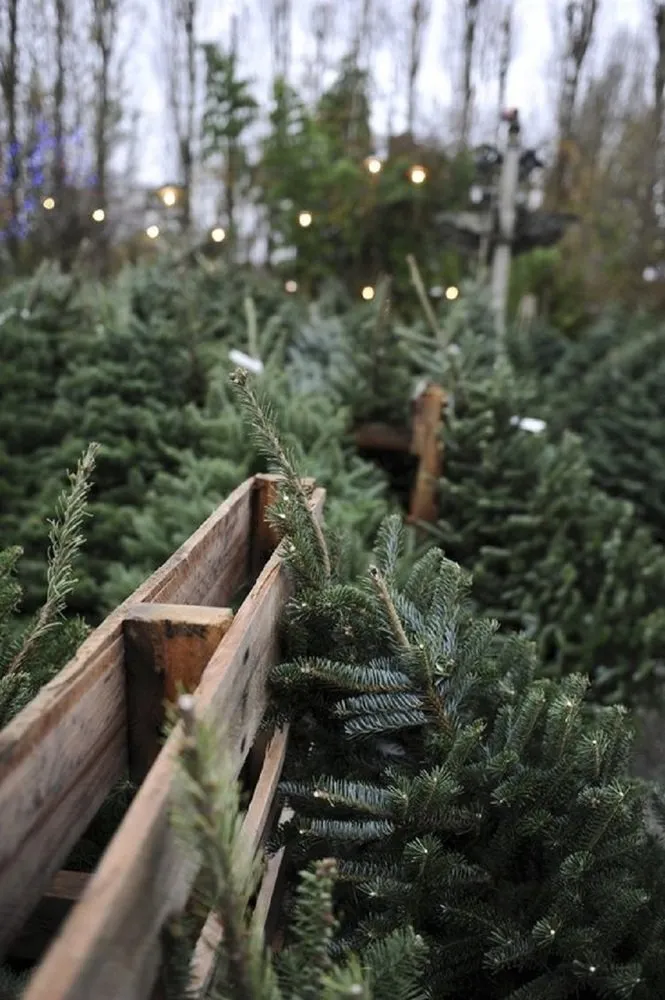There can be your advertisement
300x150
Why Are Large Coniferous Plants Planted in Winter?
To plant a fir tree on your dacha, you don't need to wait for spring. Together with an expert, we explain how to choose and plant a tree yourself and why it's better to do this in winter
Small coniferous plants are planted in warm weather, but large ones can be planted in winter. Expert Petr Lari talks about the nuances of planting and choosing plants.
Petr Lari is an expert and co-founder of the landscape design studio Derevo Park.
Winter planting has its pros and cons. Are you afraid of the cold? Then it's better to wait until spring. But you can take a risk and enjoy your fir tree by the time spring arrives.
Advantages of winter planting:
- Coniferous plants enter dormancy in winter and easily tolerate transplanting.
- When the root ball freezes, it crumbles less. This means you won't damage the roots.
- Nurseries often sell plants at big discounts at the end of the season.

Disadvantages of winter planting:
- When temperatures drop below zero, trees are vulnerable, and they can get damaged.
- If the soil is not prepared in advance, it may freeze, and special equipment might be needed for planting.
- By spring, coniferous plants require care: you'll need to create shade and water them with warm water.

Types of conifers that will thrive in our climate:
In our conditions, European fir, cedar, and common pine, as well as Siberian spruce will do well.
However, a more exotic option is Korean spruce. It is decorated with dense foliage and purple cones. By the way, it also tolerates temperature fluctuations.

Where to buy a fir tree?
Visit a nursery. Trees are usually prepared in advance for transplanting, and you can order a full-service package including transport and planting.
- Transplanted — these are plants that have been carefully prepared for relocation over many years. Each year they were transplanted to a new location to form a compact and resilient root system. They were also pruned to make them more uniform and fluffy.
- Free-growing — these come from their natural habitat. These are fir trees dug up from the forest, transported to the nursery, and prepared for further planting.

How to choose a fir tree. What to look for?
Size of root ball
For transplanted trees, the root ball is compact, so it's important to know their history. Once you've identified the plant species, check online for relevant standards.
Bark
Many small spots on the bark indicate that the tree has been affected by bark beetles.
Branches
If the tree was prepared in advance, branches should be intact.
Size of terminal shoot growth
If the growth is substantial, it means the tree is healthy and thriving.

How to plant a fir tree:
Start by preparing the planting hole: it should be 20–30 cm wider than the root ball. Plant the tree and fill the hole with a mixture of peat and soil.
Ensure the tree is planted 15 cm above ground level, as it will settle over time. Make a water-retaining ring around the trunk to retain moisture. Also, tie the fir to a support stake.
If you're unsure about your skills, don't hesitate to seek help from nursery specialists: they would be happy to transport and plant the tree for you, and provide warranty and care advice.

More articles:
 Cozy Summer Cottage with Vintage Interior
Cozy Summer Cottage with Vintage Interior What Else Can Ruin a Good Interior: Professionals' Opinions
What Else Can Ruin a Good Interior: Professionals' Opinions Scandinavian Apartment with Thoughtful Storage
Scandinavian Apartment with Thoughtful Storage 8 Ways to Find Space for a Bedroom in a Small Apartment
8 Ways to Find Space for a Bedroom in a Small Apartment How designers decorated their home for the New Year celebrations
How designers decorated their home for the New Year celebrations Must-Have: 5 Smart Gadgets for Home
Must-Have: 5 Smart Gadgets for Home Guide: Graffiti You Want to See in Person
Guide: Graffiti You Want to See in Person From the book 'Dream Home': Setting up a Closet
From the book 'Dream Home': Setting up a Closet